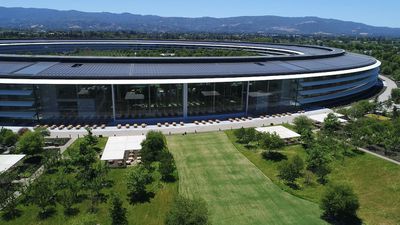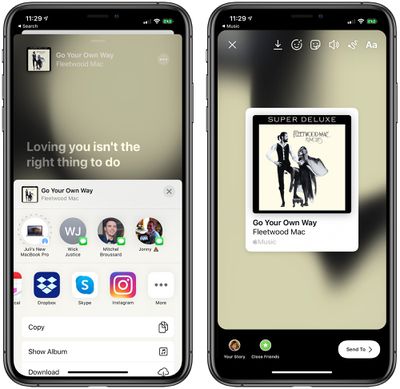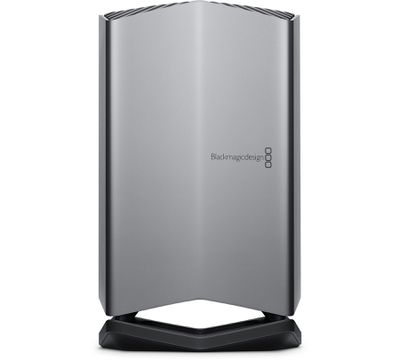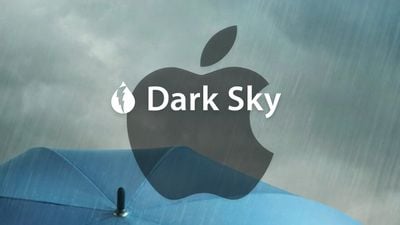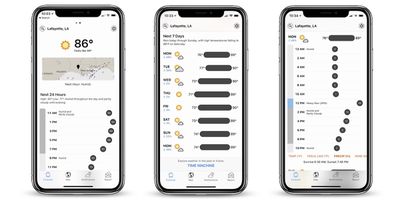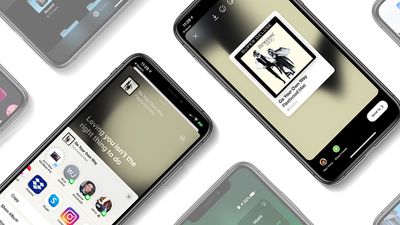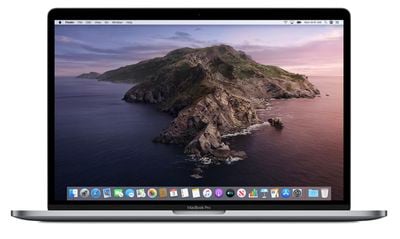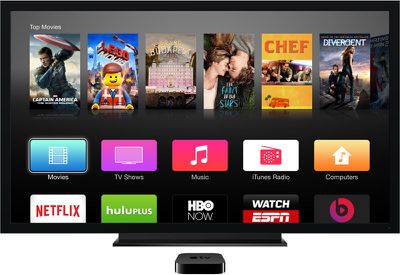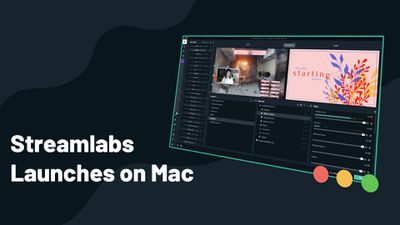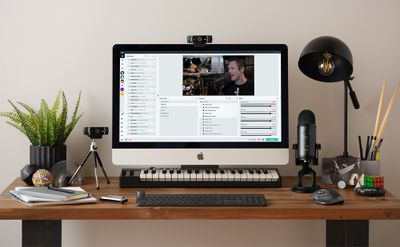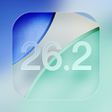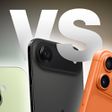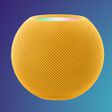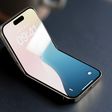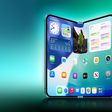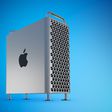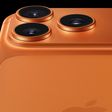Amazon, B&H Photo, and Best Buy have a collection of discounts on both the 2018 and 2020 iPad Pro this week. For the 2018 models, prices start at $699.99 for 64GB Wi-Fi on the 11-inch iPad Pro, and also include discounts on cellular configurations and the 12.9-inch models.
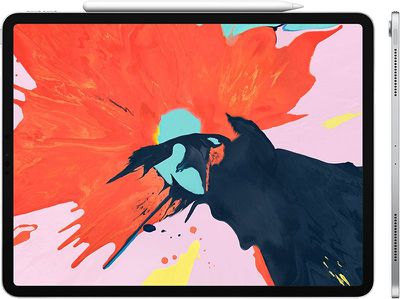 Note: MacRumors is an affiliate partner with these vendors. When you click a link and make a purchase, we may receive a small payment, which helps us keep the site running.
Note: MacRumors is an affiliate partner with these vendors. When you click a link and make a purchase, we may receive a small payment, which helps us keep the site running.
Sales for the iPad Pro that just launched last month are not quite as steep, but they're still solid $50 off discounts on a select few tablets, making them the lowest prices we've tracked so far. For the 2020 11-inch iPad Pro you'll find discounts on 256GB and 512GB Wi-Fi, and on the 2020 12.9-inch iPad Pro there is a sale on the 256GB Wi-Fi at Amazon.
11-inch iPad Pro (2018)
- 64GB, Wi-Fi - $699.99, down from $799.00 ($99 off) [Best Buy]
- 256GB, Wi-Fi - $799.99, down from $949.00 ($149 off) [Best Buy]
- 512GB, Wi-Fi - $999.99, down from $1,149.00 ($149 off) [Best Buy]
- 1TB, Wi-Fi - $1,199.99, down from $1,349.00 ($149 off) [Best Buy]
- 512GB, Cellular - $1,138.87, down from $1,299.00 ($160 off)
11-inch iPad Pro (2020)
- 256GB, Wi-Fi - $849.00, down from $899.00 ($50 off) [B&H]
- 512GB, Wi-Fi - $1,047.43, down from $1,099.00 ($51 off) [B&H]
12.9-inch iPad Pro (2018)
- 64GB, Wi-Fi - $899.99, down from $999.00 ($99 off) [Best Buy]
- 512GB, Wi-Fi - $1,164.76, down from $1,349.00 ($184 off)
- 64GB, Cellular - $1,049.98, down from $1,149.00 ($99 off)
- 256GB, Cellular - $1,149.98, down from $1,299.00 ($149 off) [Best Buy]
- 1TB, Cellular - $1,549.99, down from $1,699.00 ($149 off) [Best Buy]
12.9-inch iPad Pro (2020)
- 256GB, Wi-Fi - $1,049.00 at B&H, down from $1,099.00 ($50 off)
Be sure to head to our Best Deals on iPad guide if you're shopping around for solid discounts on an Apple tablet. This includes the iPad, iPad mini, iPad Air, 11-inch iPad Pro, and 12.9-inch iPad Pro.


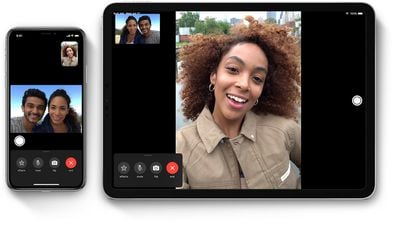
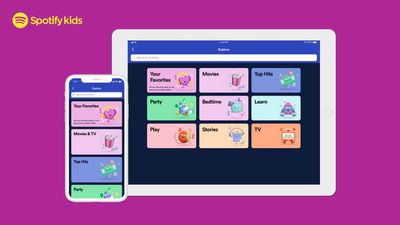

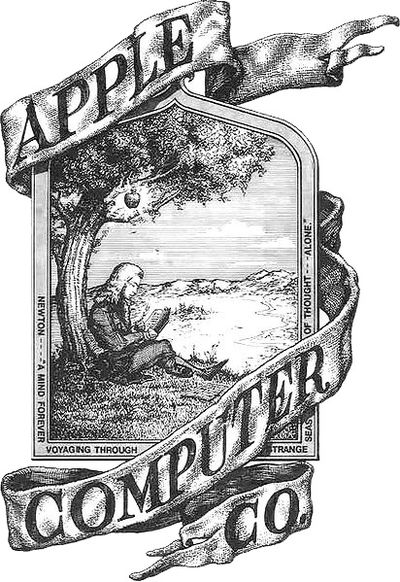
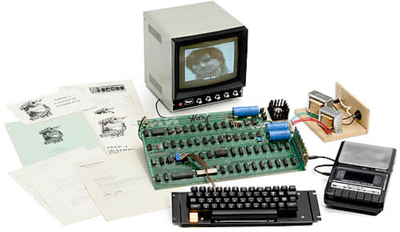
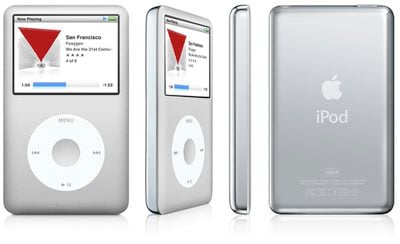
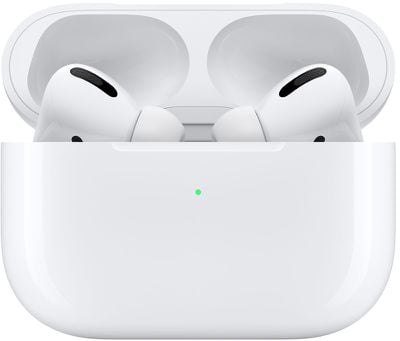
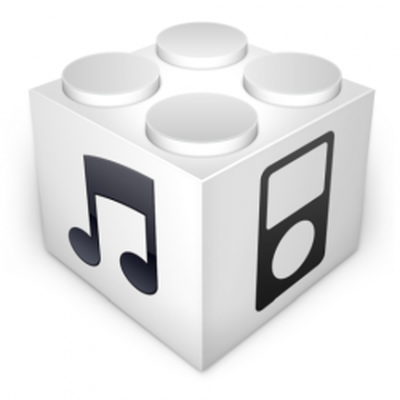 Following the
Following the 